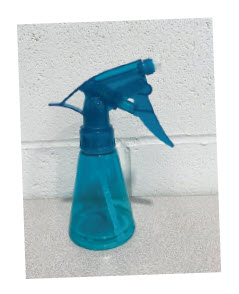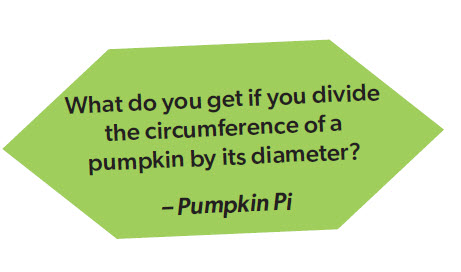40 Soluble Solutions Ratios
Often we express the concentration of a diluted solution in terms of ratio to the original. A [latex]1:10[/latex] ratio, for example, meaning that the final solution has been diluted tenfold. Don’t let this intimidate you; it’s just a different form of a simple equation. You, too, can calculate ratios between solutions. Here’s how to set about solving these kinds of problems.
Determine what information you have and what you need to find. You might have a solution of known starting concentration and be asked to dilute it by some set ratio — [latex]1:10[/latex], for example. Or you might have the concentration of two solutions and need to determine the ratio between them.
If you have a ratio, convert it into a fraction. [latex]1:10[/latex] becomes [latex]\tfrac{1}{10}[/latex], for example, while [latex]1:5[/latex] becomes [latex]\tfrac{1}{5}[/latex]. Multiply this ratio by the original concentration to determine concentration of the final solution.
Use the fraction to determine how much of the original solution should be added to a given volume when diluting.
If you need to find the ratio of concentration between two solutions, just turn it into a fraction by placing the original solution in the denominator and the dilute solution in the numerator.
 Next, multiply or divide both numerator and denominator of the fraction by the smallest number that will convert them to a whole-number ratio. The whole goal here is to get rid of any decimal places in numerator or denominator.
Next, multiply or divide both numerator and denominator of the fraction by the smallest number that will convert them to a whole-number ratio. The whole goal here is to get rid of any decimal places in numerator or denominator.
Change the fraction back into a ratio.


